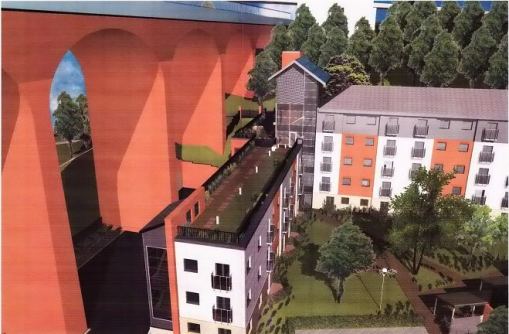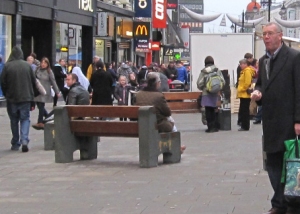by: Ha mh Thai
The art-led regeneration in Ouseburn since the 1980s has transformed the former Victorian industrial district into a trendy and increasingly sought-after location for creative industries and young professionals. Capitalizing on this success, Newcastle City Council recently initiated a major development drive to greatly expand residential and business capacity to further its “Creative City” economic vision and boost middle-class city living.
However, many of Ouseburn’s artistic pioneers fear displacement from their studios and the loss of the area’s distinctive character as the area may become over-gentrified from Quayside. Recently, many proposals have been put into controversy as more and more private sector developers are focusing on one or two bedrooms flats for yuppies. Protectionists describe the consequence of the new strategy’s implementation as ‘regeneration frenzy’ which may lead to the loss of Ouseburn’s soul. Their anxiety is about ‘classic gentrification cycle’ with over-ambitious developer moving in and threatening the culture diversity of the Valley; consequently, the artists and the creative who brought the development in will get bought out.
How to take the opportunities for housing, business and leisure development without destroying the Ouseburn’s unique environment?











 Northern Architecture
Northern Architecture Project for Public Spaces
Project for Public Spaces Urban Design Group
Urban Design Group